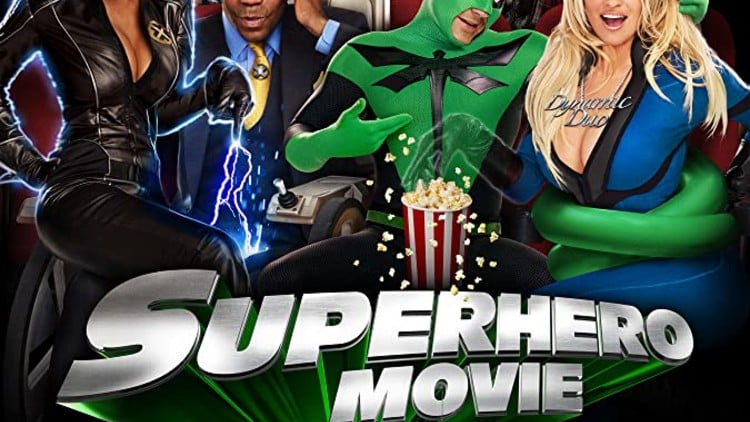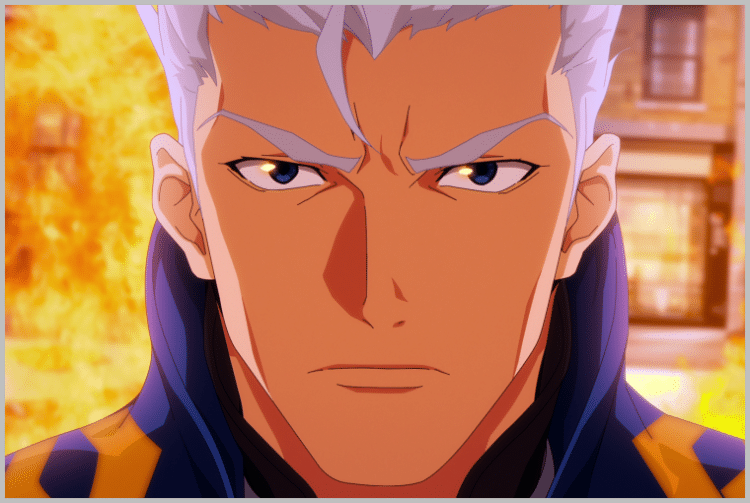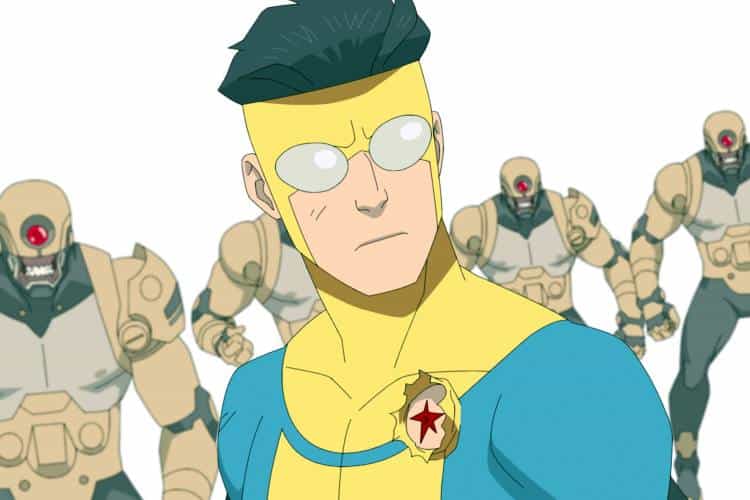A Primer for Understanding Superhero Movies
Comic Books. The very phrase calls to mind garishly costumed adventurers and insidious, cruel villains. Such stories have always been told, but through the decades two full universes, Marvel and DC, have risen to become the paragons by which all others are judged thanks to popular series of superhero movies.
Thanks to the blockbuster superhero movies that seem to come out every few weeks, there are few who don’t know at least a bit about the various heroes and villains, from the godlike Superman and the tragic Batman, to the brilliant Iron Man (see our review here) or comedic Spider-Man.
However, while most people are aware of these characters, many know little beyond what is in the movies. In future posts I will endeavor to shed some light on the characters and storylines that have inspired such great superhero movies, but for now it would be wise to explain a few of the things that can make a comic seem more complicated than string theory.
Scene Select
Our Hero Is Dead, Long Live The Hero: Superhero Movie Secret
Professor Xavier: “In mutant heaven there are no pearly gates, but instead revolving doors.”
-X-Factor #70
Perhaps the most important thing to understand about comics, death is rarely permanent. Many times throughout a story it will prove necessary for a character to die. Perhaps it is to spur a hero into action or to provide drama. To build up a character as a threat or an event as a big deal.
Whatever the reason it is rampant in comics for characters to die and then return months later through some convoluted explanation. It has even been brought up several times in comics, such as Batman and Superman discussing a dead villain and lamenting that the worst ones never seem to stay dead or Shadowcat of the X-Men encountering the newly returned Colossus threatening to kill him if he’s an impostor.
While it may seem like everyone and their grandmother is coming back, there are ways to tell who is likely to. If you are a Z-lister (completely unknown) you’re dead and not coming back. If you’re a D-lister (barely known) you’ll probably be killed en masse to add casualties to an event and make it seem more important. You might come back but your best chance is to be on a team and hope to hitch a ride when they get resurrected.
A C-lister (somewhat known, think Wildcat or Booster Gold) has a fairly good shot at being brought back, but it will not be a priority. B-listers (known but not as much by casual fans, think the Teen Titans or Heroes for Hire) will usually be brought back after a few months. Finally, the A-listers (Superman, Captain America, Spider-Man, etc.) will not usually die, but if they do they’ll stay dead for about a year or two so that the world can mourn them. So if a character you like bites it, don’t worry. They’ll be back before you know it.
Space is Warped and Time Is Bendable: Superhero Movie Secret
Amy: “He doesn’t hold back. You know the Doctor.“
-Doctor Who
Kazran: “How do I? I never met him before tonight. Now I seem to have known him all my life…how? Why?”
Retroactive Continuity is a term for re-framing past events to suit the plot. While this could be something as simple as mentioning that a character used to know a new character or that a place used to be used for something else, it is usually used to reveal or change something about a character for the plot.
Someone died in an explosion? No, an ally got them out of there in time. An important clue is written in ancient Sumerian? It’s a good thing I spent a year apprenticed to an archaeologist. However while there are good retcons, some writers tend to use them to cover mistakes or explain plot holes in superhero movies.
Batgirl is helping Deathstroke commit crimes? No, he’s using mind control drugs on her. Green Lantern goes msf and slaughters the Green Lantern Corps to gain enough power to bring back Coast City after it was destroyed? It’s not his fault, he’s being possessed by Parallax, the living embodiment of Fear.
Unfortunately, Retcons are sometimes used to bring in new ideas that don’t work well, or are foolish. For example, in Marvel’s superhero movies, The Falcon is an army paramedic and social worker who helps returning veterans. In the comics however, he was once retconned as into being a stereotypical pimp calling himself ‘Snap’ Wilson, until that too was retconned years later as a false memory planted by the Red Skull.
Or what about Gwen Stacey, Spider-Man’s first love interest being revealed to have slept with Norman Osborne (The Green Goblin) and bore twins by him. Did I mention that Green Goblin is Spider-Man’s arch-enemy and was the one who caused the events that led to her death? Or that this was decades in real life after her death? Yeah, bad move all around.
The final major use of a retcon is for a Reboot or a Relaunch. Sometimes comic companies get it in their heads that their universes are too convoluted for a reader to find a starting point without being confused. When this happens, they will usually do a major event that ends with the universe fundamentally altered so that things change. People who were dead live once more, entire backstories change, and events that once shook the world now may as well have never happened.
The most well known Reboot is the Crisis on Infinite Earths, which changed the DC universe so thoroughly that ‘Pre-Crisis’ and ‘Post-Crisis’ may as well be the Old and New Testament. It can get confusing trying to keep all these universes and retcons straight, but pretty soon you’ll get to be a pro at it. Til’ the next reboot at any rate.
Didja Get All That?
If a character is popular enough, even death can’t stop them for long. This is true for the printed page and the silver screen. Even better, superheroes endure no matter how much the world or history changes.

Jared Bounacos has written for Movie Rewind since 2016.





Leave a Reply